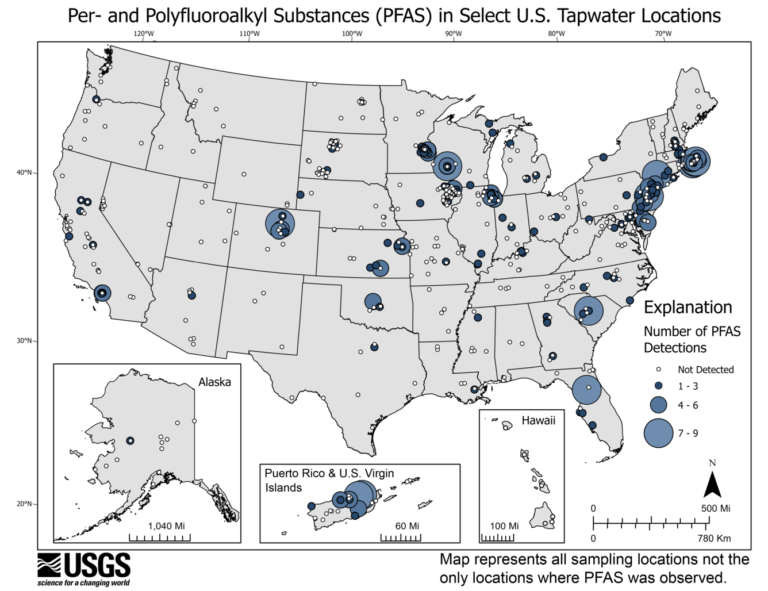Salt Free Water Softener: A Solution for Hard Water Problems
Are you tired of dealing with hard water in your home? Salt-free water softeners might be the solution you’re looking for. These devices work differently from traditional salt-based systems, offering a unique approach to improving your water quality.
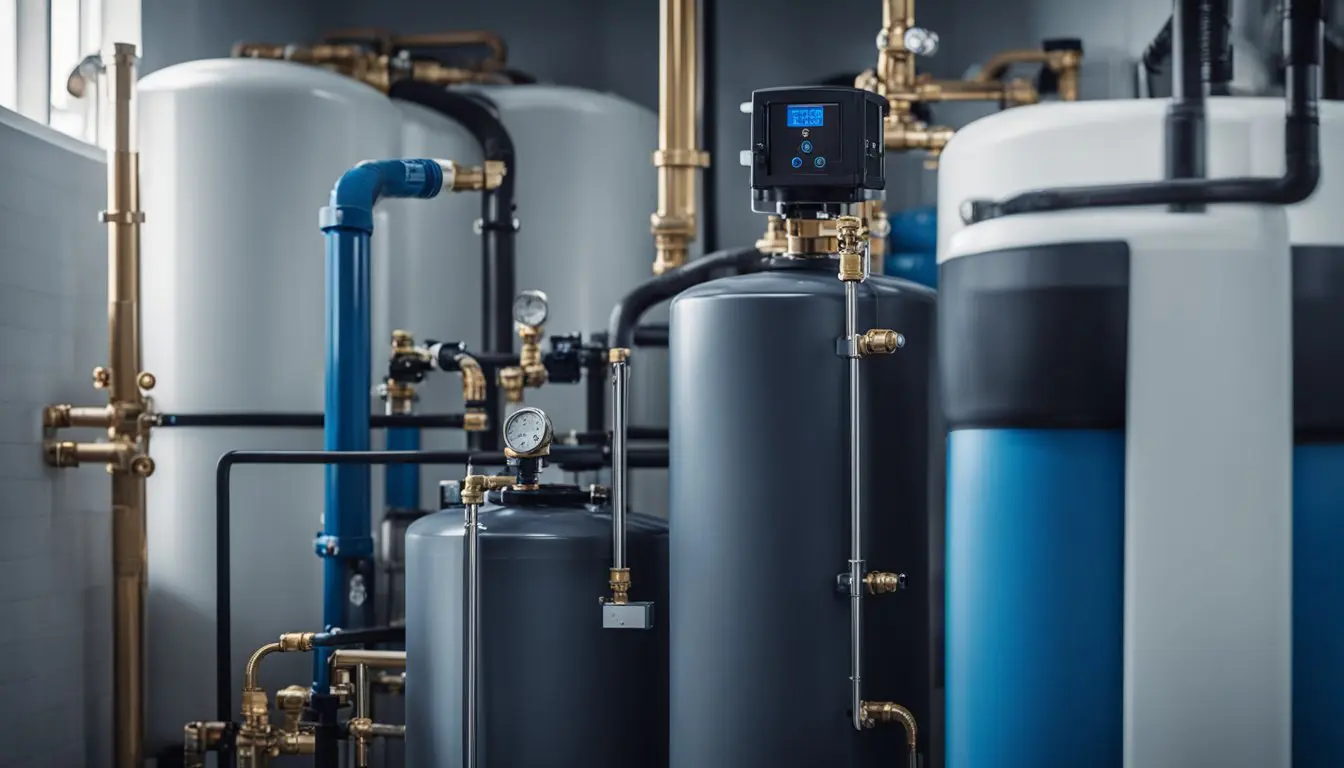
Salt-free water softeners don’t actually remove minerals from your water, but instead change their structure to prevent scale buildup. This process is called crystallization or Template Assisted Crystallization (TAC). It alters the way minerals like calcium and magnesium behave, reducing their tendency to stick to surfaces in your plumbing and appliances.
You might wonder how effective these systems are. While they don’t soften water in the traditional sense, salt-free water conditioners can reduce scale formation by up to 90%. This can help protect your pipes, extend the life of your water-using appliances, and improve the overall quality of your water without adding sodium to your diet or the environment.
Understanding Water Hardness and Softening
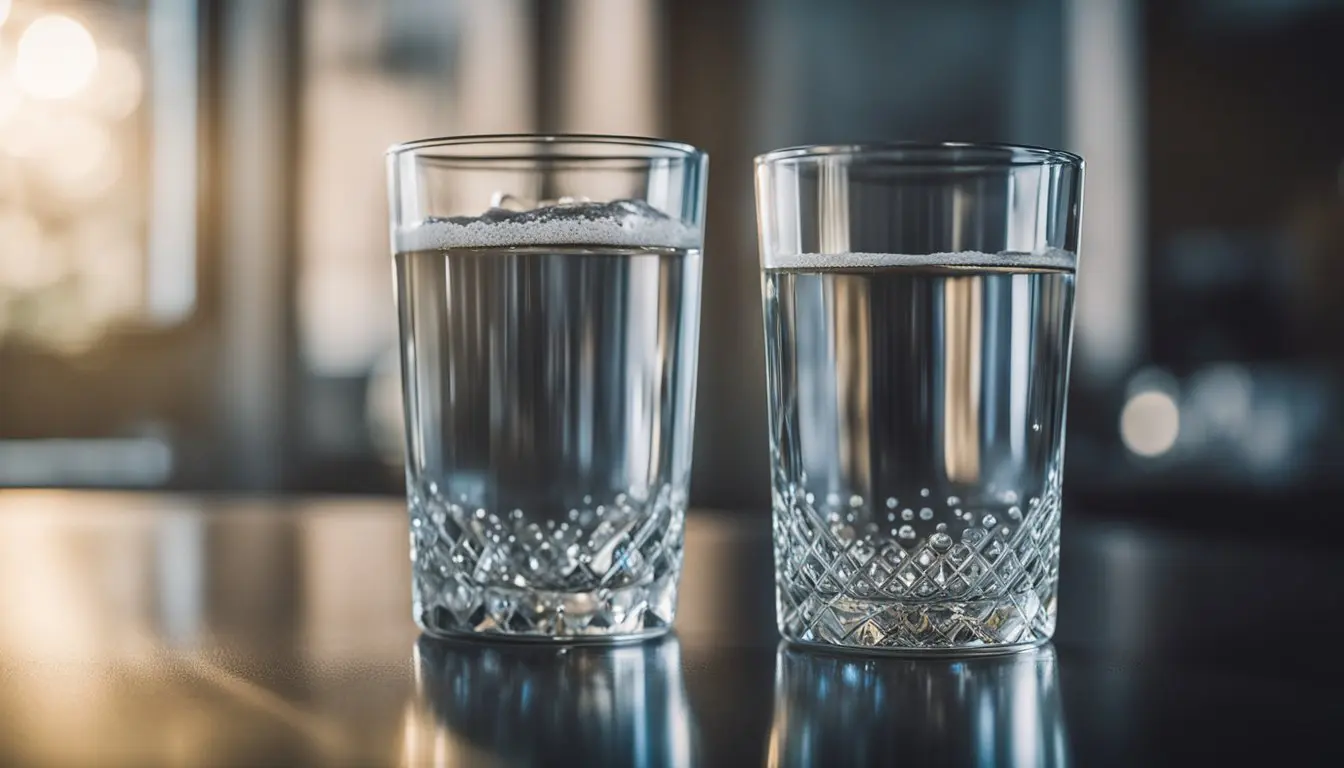
Water hardness affects many homes. It can cause problems with appliances and plumbing. There are different ways to deal with hard water, including traditional softeners and salt-free options.
What Constitutes Hard Water
Hard water contains high levels of minerals, mainly calcium and magnesium. These minerals dissolve in water as it moves through soil and rock. Water with more than 7 grains per gallon (gpg) of these minerals is considered hard.
Hard water can leave spots on dishes and scale buildup in pipes. It may also make soap less effective. This can lead to dry skin and dull hair. In extreme cases, hard water can shorten the life of water-using appliances.
Conventional Water Softening vs Salt-Free Water Softeners
Traditional water softeners use an ion exchange process. They swap calcium and magnesium ions for sodium ions. This removes the hardness minerals from the water.
Salt-free systems don’t remove minerals. Instead, they change how minerals behave in water. These systems are also called water conditioners.
Conventional softeners need regular salt refills and maintenance. Salt-free options don’t require salt or backwashing. This can make them easier to maintain.
How Salt-Free Water Softeners Work
Salt-free water softeners use Template Assisted Crystallization (TAC). This process changes the structure of mineral ions. It turns them into harmless crystals that don’t stick to surfaces.
TAC uses a special media bed. As water flows through, it triggers a reaction. This reaction forms microscopic crystals. These crystals stay suspended in the water instead of building up as scale.
Salt-free systems don’t actually soften water. They prevent scale formation. This can protect pipes and appliances from mineral buildup. These systems can last 10-20 years with proper care.
Advantages and Considerations of Salt-Free Systems
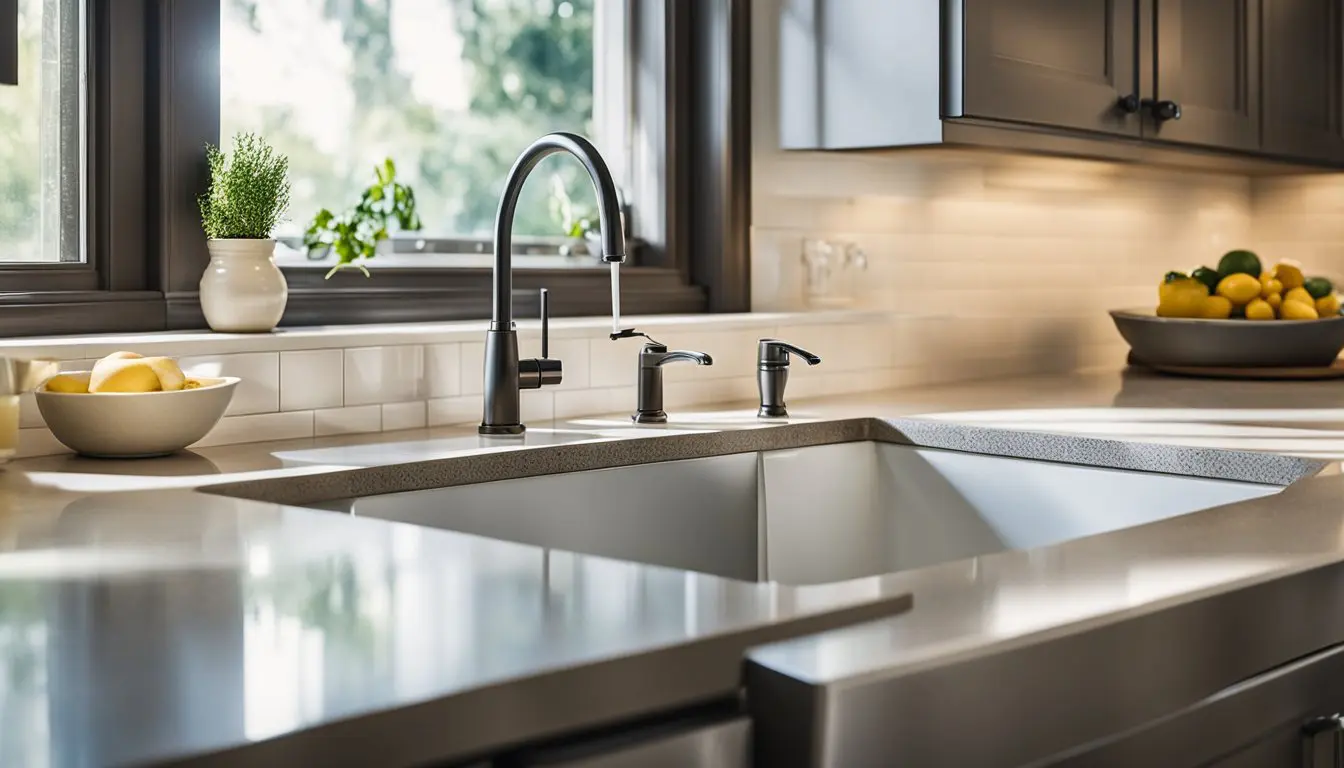
Salt-free water softeners offer unique benefits and trade-offs. They address hard water issues without adding sodium, but have different performance characteristics than traditional salt-based systems.
Environmental and Health Benefits
Salt-free systems don’t release brine into wastewater. This helps protect local water sources. They also don’t add sodium to your drinking water. This is good for people who need to watch their salt intake.
These systems use no chemicals. They’re effective at reducing limescale by up to 90% in some cases. This can extend the life of your appliances and plumbing.
You don’t need to buy or store bags of salt. This saves space and reduces plastic waste from salt bags.
Comparing Costs and Maintenance
Upfront costs for salt-free systems can be higher. They often range from $800 to $4,000. But they can save money over time.
You won’t need to buy salt regularly. This cuts ongoing costs. Salt-free systems also need less maintenance. You don’t have to refill salt or clean brine tanks.
These systems don’t need electricity to run. This can lower your energy bills. They also don’t waste water during regeneration cycles.
Performance and Efficiency Factors
Salt-free systems don’t remove minerals from water. Instead, they change how minerals behave. This process is called conditioning.
Conditioned water feels different from softened water. It might not lather as much with soap. But it still helps reduce scale buildup.
These systems don’t affect water pressure or flow rate. They work without electricity, so they’re always on. This means no downtime for regeneration cycles.
Salt-free systems can handle varying levels of water hardness. But they might struggle with extremely hard water. In those cases, a traditional salt-based system might work better.
Selecting the Right Salt-Free Water Softener
Choosing a salt-free water softener requires careful consideration of key features and top-performing models. Your decision will impact water quality and appliance longevity in your home.
Key Features to Look For
When selecting a salt-free water softener, focus on scale prevention technology. This is crucial for protecting your pipes and appliances. Look for systems with high flow rates to ensure consistent water pressure throughout your home.
Check for a lifetime warranty and money-back guarantee. These offer peace of mind and show the manufacturer’s confidence in their product.
Water filter capabilities are another important feature. Some systems combine scale prevention with filtration, improving overall water quality.
Consider the system’s capacity. Make sure it can handle your household’s water usage. A system that’s too small won’t be effective.
Top Salt-Free Softener Brands and Models
Leading salt-free water softeners offer impressive features and performance. Look for models with proven scale control technology and high flow rates of 15-20 gallons per minute.
Some top performers provide a lifetime warranty on both parts and labor. This can save you money in the long run.
Certain models use advanced media that can last up to 6 years before needing replacement. This reduces maintenance costs and effort.
Consider systems that offer a 3-month trial period. This allows you to test the system’s effectiveness in your home before fully committing.
Look for models that are certified to reduce up to 99.6% of scale. This level of performance can significantly extend the life of your appliances.
Frequently Asked Questions
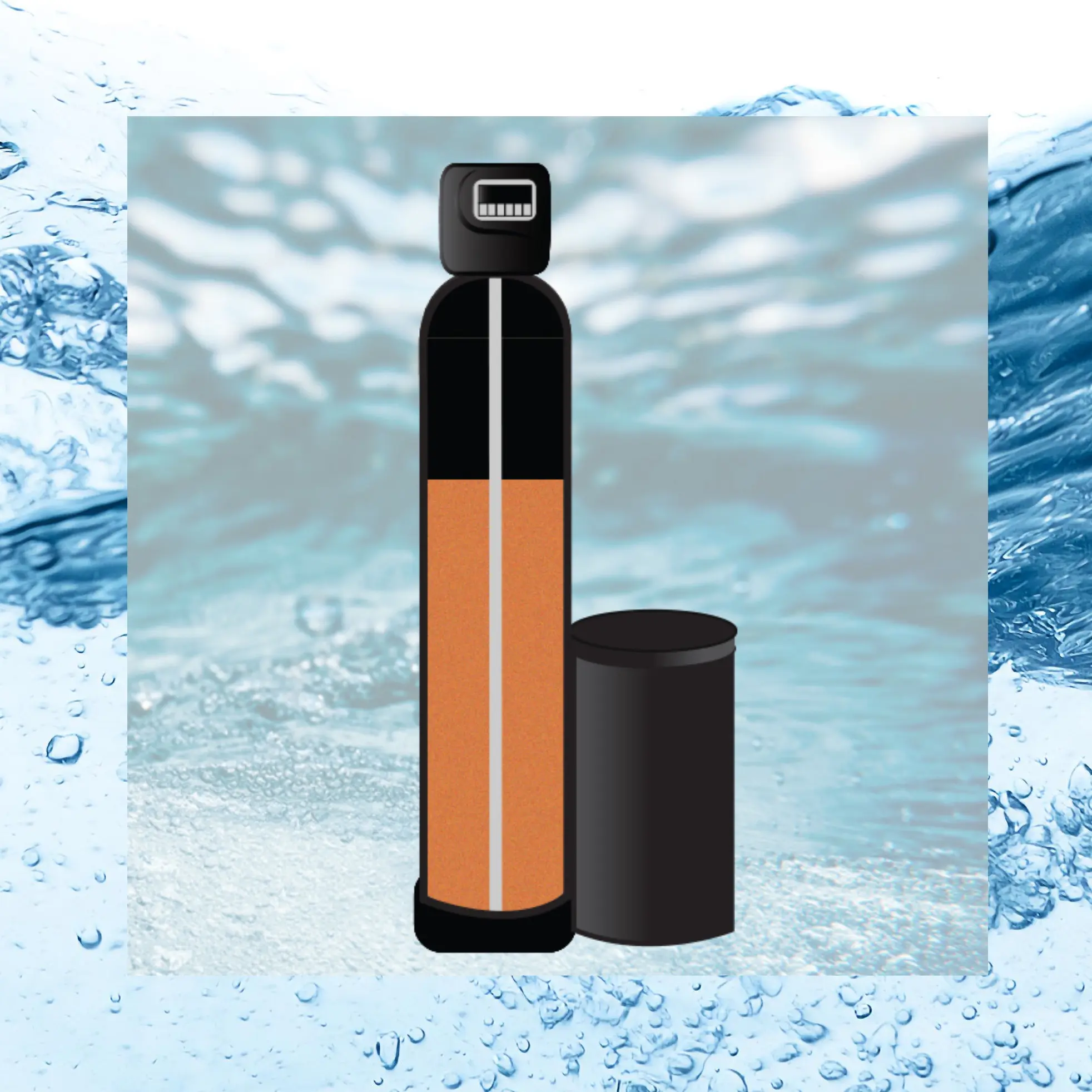
Salt-free water softeners offer an alternative to traditional systems. They aim to address hard water issues without using salt. Let’s explore some common questions about these devices.
What are the benefits and drawbacks of using salt-free water softeners?
Salt-free softeners don’t need salt refills, saving you time and money. They also don’t add sodium to your water. This can be good for people watching their salt intake.
On the downside, these systems don’t actually remove minerals from water. They change how minerals behave to reduce scale buildup. Some people may not notice as much of a “soft water” feel.
How do salt-free water softeners compare to traditional salt-based systems?
Salt-free systems use different technology than salt-based ones. They don’t remove hard minerals but instead alter them to prevent scaling.
Traditional systems fully remove hard minerals through ion exchange. This gives a more noticeable soft water effect. Salt-based systems need regular salt refills and maintenance.
What should one consider before choosing a salt-free water softener for their home?
Think about your water hardness level. Salt-free systems work best with moderately hard water. For very hard water, a traditional system might be better.
Consider your budget too. Salt-free systems often cost less upfront but may have higher long-term costs. Also, think about your space. Salt-free units are usually smaller.
Can a salt-free water softener effectively reduce hard water problems?
Salt-free softeners can help with some hard water issues. They can reduce scale buildup in pipes and appliances.
However, they might not solve all problems. You may still see some spots on dishes or feel residue on your skin after showering.
What are the average costs associated with installing a salt-free water softener?
Salt-free water softener systems typically cost between $300 and $1,500. This price range covers most whole-house units.
If you choose professional installation, expect to pay about $200 extra. Prices can vary based on system size and features.
What maintenance is required for a salt-free water softener system?
Salt-free systems need less maintenance than traditional softeners. You don’t have to add salt or program regeneration cycles.
Most salt-free units need filter changes every 6-12 months. Some may require occasional cleaning of the media tank. Always follow the manufacturer’s instructions for best results.


